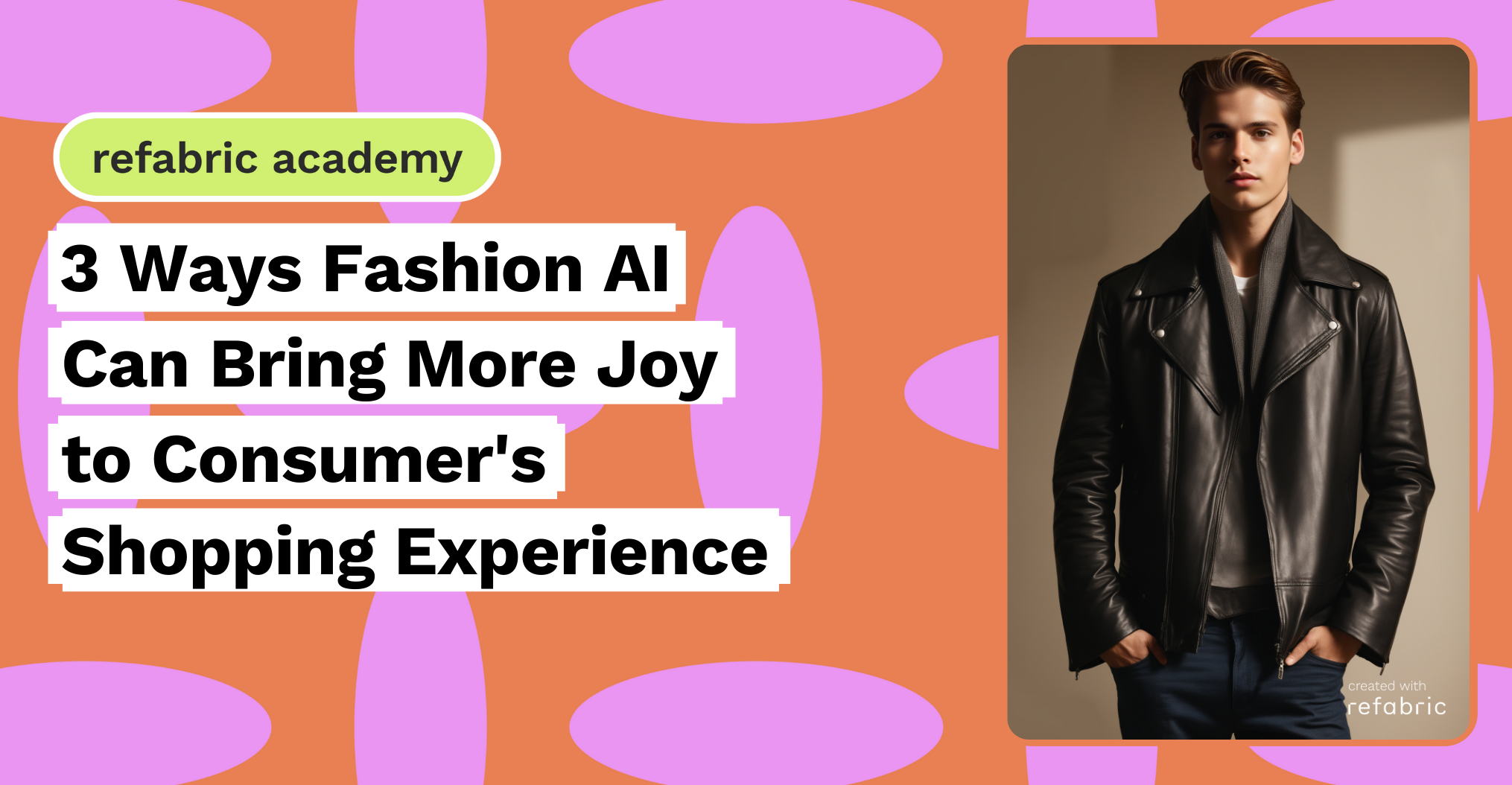In the fashion world, fashion AI brings consumers closer to the design process. Fashion AI in clothing design is one of the tools that help designers better understand their audience. Seeing through their eyes is the key to branding, influencing the entire experience, from design to purchase. Brands should embrace not only their identity but also the needs and preferences of their target audience. This deeper understanding allows brands to simplify decision-making, making the shopping experience more intuitive. New fashion AI technologies assist designers in uncovering innovative ways to engage with consumer preferences, enhancing the joy of shopping. Here are 3 ways fashion AI will elevate the shopping experience.
Efficient Production
According to McKinsey & Company, fashion AI has the potential to elevate businesses, enabling them to rapidly respond to market demands while offering improved service to their consumers. Thanks to fashion AI, brands are now able to develop better customer services, leading to an enhanced overall customer experience. Beyond algorithms and data analysis, generative AI has the capacity to better understand and classify datasets, creating new insights through various modeling structures and learning schemas. This allows AI to develop a conversational understanding of the data.
Think of AI in clothing design as an assistant—one that fosters a collaborative approach in the design process. It helps generate new ideas and variations from data derived from past collections, product lines, or simply through inspirational imagery. Inspiration is transformed into creation in seconds, significantly increasing design efficiency. As a result, designers can create consumer-friendly designs more quickly.
Acceleration and Augmentation
Technology has a significant impact on product creation, marketing, sales, and especially customer experience. It can often be easier to implement in the short term compared to other areas of the fashion value chain. Fashion AI accelerates the production and categorization process of fashion design, which also enhances the shopping experience. Smoother, more cohesive collections can lead to a better understanding of branding, and this is reflected in both physical and digital shopping experiences.
In digital commerce, it’s essential to speak the same language as your customers. Today’s shopping experience is increasingly shaped by digital access to brands and even augmented reality. As a result, words play a crucial role in customization and branding. With fashion AI, it’s easier to categorize and generate descriptions inspired by previous sales successes. AI in clothing design helps designers align with these keywords and recreate alternative looks, creating a feedback loop between the customer and the designer, ensuring satisfaction on both sides.
Personalization of the Shopping Experience with Fashion AI
Fashion AI is a great way to understand and find solutions for the personal choices that shoppers face in their algorithms. As shopping now tends to be online, understanding the algorithm is the key. Shopping has never been as personal as it is now. By that, fashion AI leads to a better, conversational shopping experience by the creation of virtual assistants that assist the customers from the selection to the purchasing process.
So many of the big e-commerce brands now using fashion AI, with shopping assistants that help customers to have a personalized experience. AI in fashion design is part of this personalization experience, as it is a tool that speaks to the hyper-personalized clothing trends that are emerging with new technologies.
Fashion AI will bring joy to customers by elevating the branding experience, increasing efficiency, accelerating production while protecting the sustainability of the supply and demand chain, and personalizing the shopping experience with new chatbots, and word optimization. Fashion AI is the first step of this feedback loop that creates better insights from the consumers and helps designers understand what the needs are in the fashion market.
